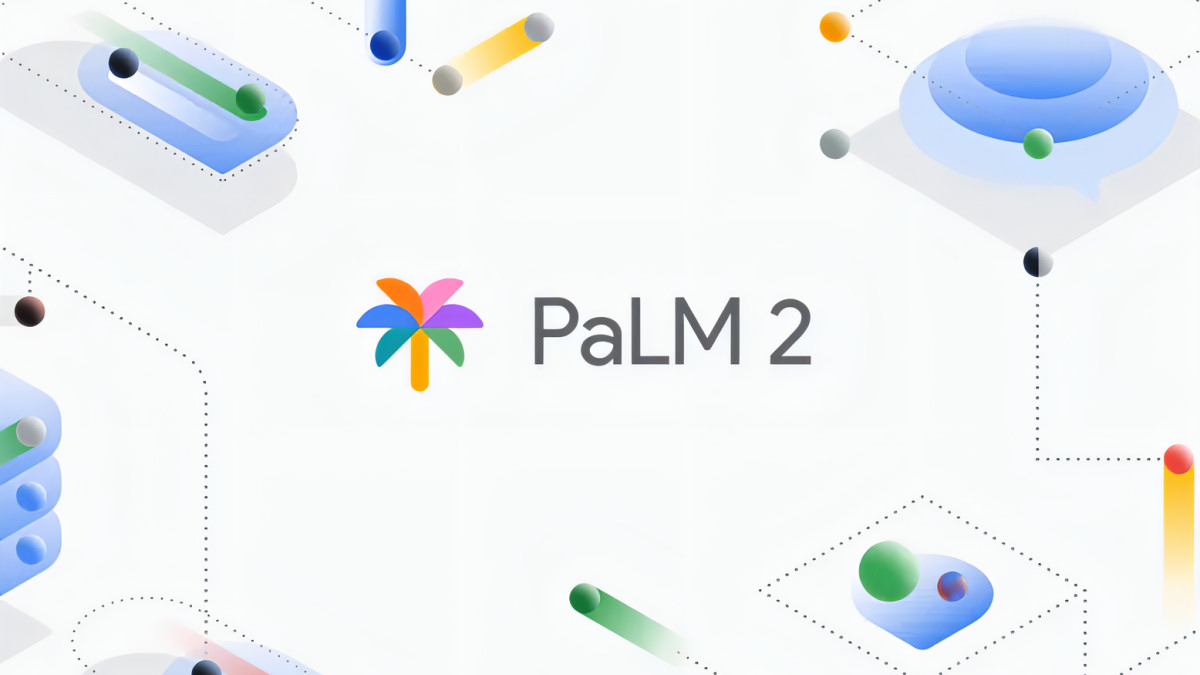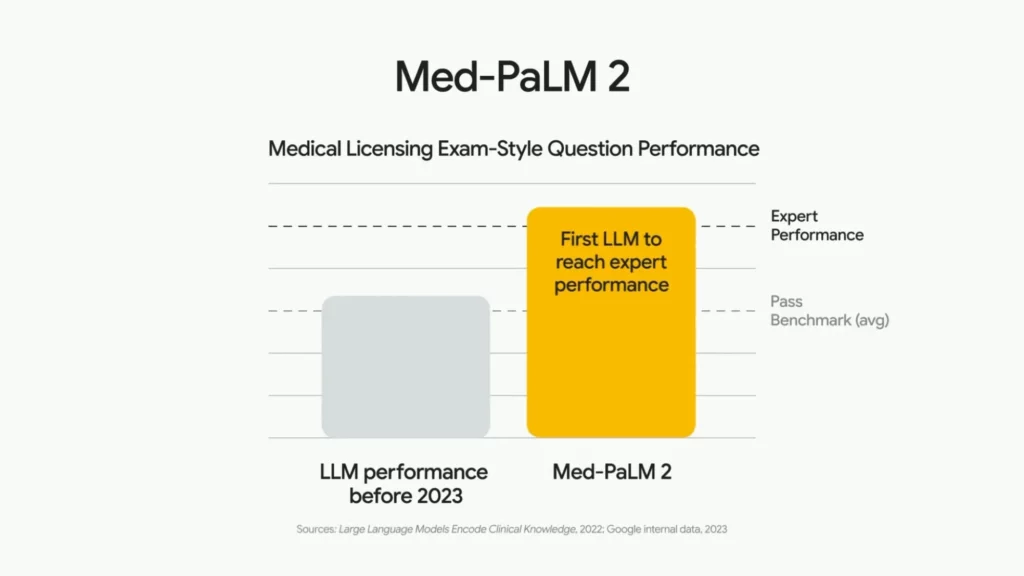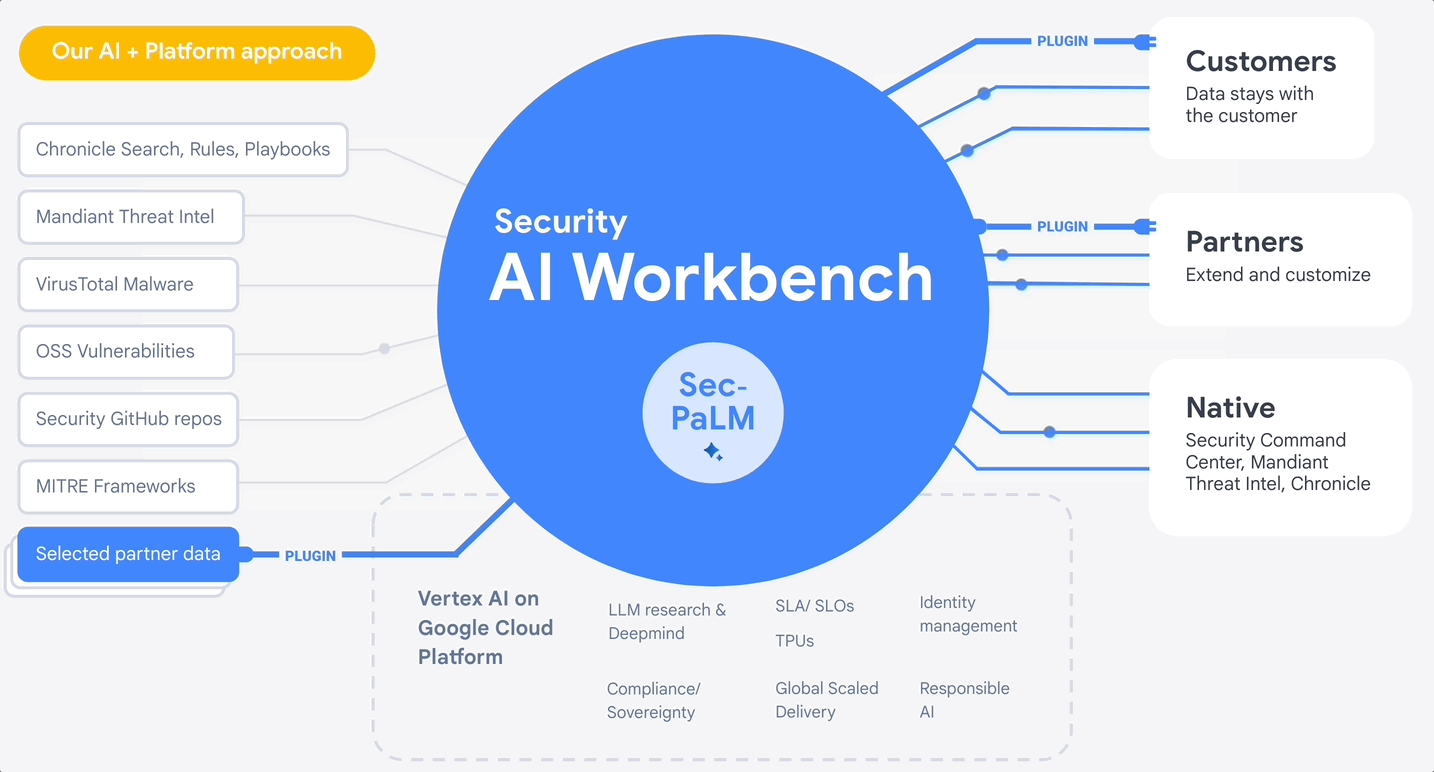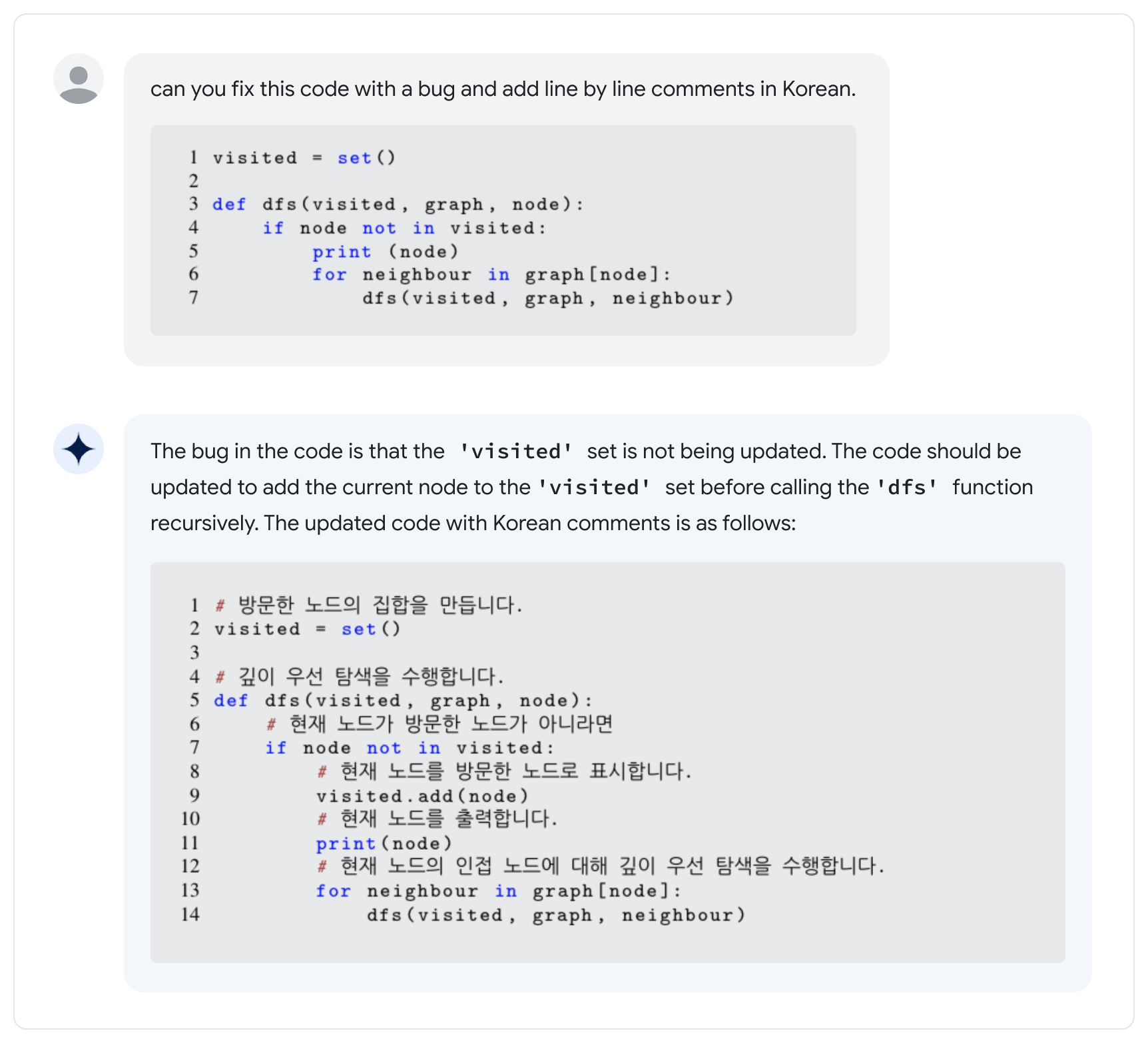Google announces PaLM 2 AI language model, already powering 25 Google services

One of the most intricate and interesting components of human communication is language, and as technology develops, so too do our analytical and comprehension skills. The most recent AI language model, PaLM 2, has just been released by Google, a leader in language technology.
Around 25 Google services are already powered by this cutting-edge technology, which is revolutionizing how we interact with language online. In this blog, we'll go deeper into what makes PaLM 2 so revolutionary and consider how it might affect language technology in the future.
What is PaLM 2 by Google?
PaLM 2 is Google's most recent large language model (LLM), and it was unveiled in May 2023 at the Google I/O developer conference. It is a modern language model with enhanced multilingual, reasoning, and coding capabilities that is an upgraded version of the Pathways Language Model (PaLM).
Codey is a variant of the PaLM 2 family of models that are used for coding and debugging, Med-PaLM 2 is used for medical knowledge, and Sec-PaLM is used for security use cases.
PaLM 2 is already used in 25 Google products, including the Android, YouTube, and Workspace apps, and comes in four sizes called Gecko, Otter, Bison, and Elephant.
PaLM 2 excels in well-known programming languages like Python and JavaScript but can also produce specialized code in languages like Prologue, Fortran, and Verilog because it was pre-trained on a significant amount of publicly available source code datasets. PaLM 2 also exhibits enhanced logic, common sense reasoning, and mathematical aptitude.
What are the differences between PaLM 1 and PaLM 2?

Although PaLM 2 is an improved version of PaLM 1, there isn't a thorough comparison of the two models. Google asserts that PaLM 2's linguistic, reasoning, and coding capabilities are substantially better than PaLM 1's.
PaLM 2 is simple to deploy for a variety of use cases and is faster and more effective than its predecessor. It is also available in a variety of sizes. Codey is a variant of the PaLM 2 family of models that are used for coding and debugging, Med-PaLM 2 is used for medical knowledge, and Sec-PaLM is used for security use cases.
There are two versions of PaLM: one trained on cybersecurity data (Sec-PaLM 2) that can "explain the behavior of potential malicious scripts and help detect threats in code," according to Petrov, and the other trained on health data (Med-PaLM 2) that Google claims can answer questions similar to those found on the US Medical Licencing Examination to an "expert" level.
Both of these models will first be made available to a small number of clients via Google Cloud.
Different Variants of PaLM 2
Med-PaLM 2

For the medical industry, PaLM 2 has been designed to safely and accurately respond to medical queries. The second iteration of Google's AI platform for medical applications, Med-PaLM 2, is a medical AI model intended to answer medical inquiries. A sizable language model that has been tailored for the medical field is called Med-PaLM 2.
Med-PaLM 2 has been assessed using criteria supported by clinicians, such as bias, medical justification, scientific consensus, and the possibility of potential damage.
On questions modeled like those on medical exams, Med-PaLM 2 performed admirably. PaLM 2 could be used in medicine to improve diagnostic precision, facilitate rich, precise, and safe medical communication, and lessen the workload for medical staff members.
Limitations of Med-PaLM 2: Google has assessed Med-PaLM 2 using criteria supported by clinicians, such as bias, medical justification, scientific consensus, and the likelihood of potential harm.
With regard to USMLE questions, Med-PaLM 2 has an accuracy rate of 85.4%, on par with "expert" test takers. in questions resembling those in a medical exam, Med-PaLM 2 has consistently performed at the level of an "expert" doctor.
In contrast to 5.7% for human experts, the research team found that potentially dangerous reactions were generated 5.9% of the time. The team still believes that Med-PaLM 2 can develop significantly to fulfill Google's quality criteria.
There are certain drawbacks to using Med-PaLM 2 in medical applications, such as the potential to cause adverse reactions and the requirement for further development to achieve quality standards.
Also see: Medical imaging AI will disrupt the healthcare industry sooner than we think
Sec-PaLM 2

PaLM 2 has been modified for security use cases, and the result is Sec-PaLM 2. Sec-PaLM 2 now includes security intelligence from Google, such as analysis of software flaws and malware. Sec-PaLM 2 is intended to assist in the analysis and justification of potentially harmful scripts.
Customers of Chronicle, Google's cloud cybersecurity service, will benefit from Sec-PaLM 2's help in finding security events and dealing "conservatively" with the results.
Additionally, Sec-PaLM 2 will offer "human-readable" explanations of attack exposure, including impacted assets, suggested mitigations, and risk summaries for security, compliance, and privacy discoveries to users of Google's Security Command Centre AI.
Sec-PaLM 2 is intended for a variety of security use cases, including the analysis and explanation of potentially harmful scripts, the querying of security events, and the provision of human-readable explanations of attack vulnerability.
Codey

Image Source
Codey is Google's dedicated debugging and coding model. The foundation of Codey is PaLM 2, the most recent large language model from Google. The majority of the new AI features that Google is announcing are built on the PaLM 2 paradigm. To facilitate global developer collaboration, Codey was created.
Developers can access Codey via the Google PaLM API, Firebase, and Colab 2. The importance of Codey can be attributed to the fact that it is a specialized model for coding and debugging that may increase the effectiveness and precision of coding.
What are the potential use cases for Google's PaLM 2 model in the future?
- PaLM 2 is a flexible language model that may be utilized in a wide range of applications, including coding and debugging, security use cases, and AI tools for medical diagnosis.
- PaLM 2 serves as the base model for the majority of the new AI features the business is announcing and is also used to power Google's improved Bard chat tool, which competes with OpenAI's ChatGPT. Nearly 25 Google applications, including Gmail, Google Docs, Google Sheets, and YouTube, already use PaLM 2.
- PaLM 2 can be downsized to run on smartphones with the help of a version called Gecko, which is small and functional even when not connected to the internet.
- PaLM 2 is more adaptable than its predecessor and can be enhanced for particular needs, such as Sec-PaLM for security use cases and Med-PaLM 2 for medical applications.
- PaLM 2's strong coding capabilities can also aid developers in their global collaboration.
Simplify Your Model Training With Labellerr
With Labellerr's simplified Google PaLM2 integration, annotation and training can be done quickly. Improve model performance, produce high-quality labeled datasets, and transform your vision and language processing. Utilise Labellerr to PaLM2's fullest potential.
Utilize the power of cutting-edge language modeling for applications like image captioning, visual question answering, and multimodal comprehension by integrating Labellerr with Google PaLM2.
You can improve PaLM2's capacity to produce precise and contextually pertinent descriptions for visual inputs by training the model using annotated data produced by Labellerr.
Conclusion
In conclusion, the PaLM 2 AI language model from Google, which offers more precise and effective language processing for a range of applications, represents a significant advancement in language technology. PaLM 2 has the potential to revolutionize the way we engage with language online because of its capacity for context and nuance understanding. In the years to come, we can anticipate even more remarkable advancements as Google continues to innovate in this area.
Explore more such amazing content here at Labellerr blogs!
FAQs
- What is PaLM 2?
Google's most recent AI language model, PaLM 2, is a challenger to competing systems like OpenAI's GPT-4. It is a more advanced version of the Pathways Language Model (PaLM) with improved multilingual, reasoning, and coding capabilities.
2. In what ways is PaLM 2 different from PaLM 1?
Compared to PaLM 1, which was unveiled in April 2022, PaLM 2 is vastly superior as it is an advanced version of PaLM 1.
3. How does PaLM 2 compare to other language models like GPT-4?
According to Google, PaLM 2 models outperform other language models like OpenAI's GPT-4 in terms of logic and reasoning.
4. How is PaLM 2 trained?
PaLM 2 is trained using online content, books, computer code, mathematical data, and "conversational" content that had been purged of any personally identifying information. In comparison to PaLM 1, there is also a greater percentage of training data that is not in English.
5. What are some examples of Google services and products that utilize PaLM 2?
Over 25 Google services and products, including the Bard chatbot, Gmail, Google Docs, Google Sheets, and YouTube, are already powered by PaLM 2.
6. What effects will PaLM 2 have on language technology?
PaLM 2, which offers more accurate and efficient language processing for a variety of applications, is a significant improvement in language technology.

Simplify Your Data Annotation Workflow With Proven Strategies
.png)


